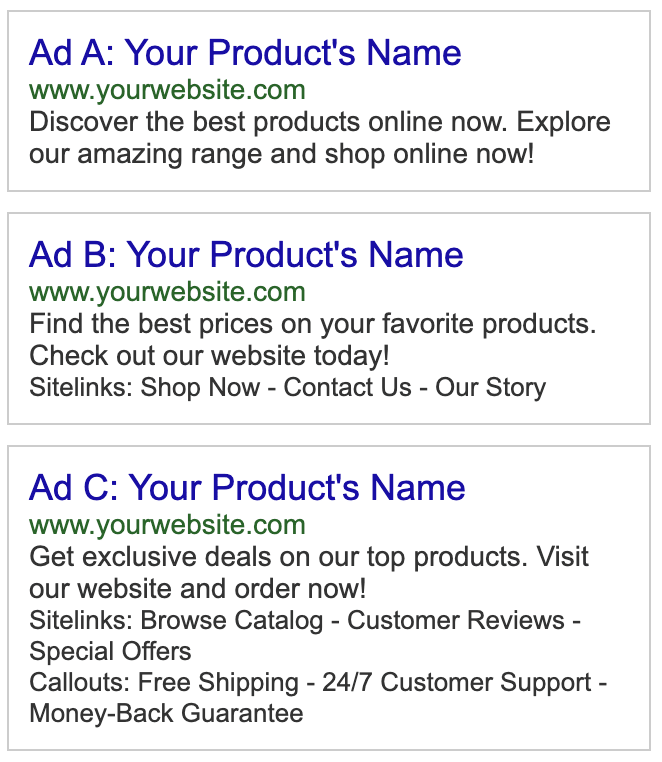Google Adwords Account Setup: Setting up a Google Adwords account involves creating an account and linking it to your website or app. This skill allows advertisers to start running ads and target specific audiences.
Campaign Structure: The campaign structure refers to the organization and hierarchy of your ad campaigns. It involves creating different ad groups and organizing your keywords and ads in a logical manner. Effective campaign structure helps improve targeting, relevancy, and performance of your ads.
Campaign Settings: Campaign settings involve configuring various parameters such as budget, location targeting, ad schedule, and bidding strategy. These settings define how your ads are displayed and who sees them. Properly configured campaign settings lead to better ad performance and budget optimization.
Click-Through Rate (CTR): Click-Through Rate measures the percentage of people who see your ad and click on it. It indicates the relevance and attractiveness of your ad to the target audience. A higher CTR suggests effective ad copy and targeting, leading to more traffic and conversions.
Cost-per-Click (CPC): Cost-per-Click is the amount you pay each time someone clicks on your ad. It impacts your overall advertising costs and profitability. Measuring CPC helps optimize bids, ad quality, and audience targeting to ensure efficient budget utilization.
Viewable Cost-per-Thousand Impressions (CPM): Viewable Cost-per-Thousand Impressions is a bidding option where you pay for every 1,000 ad impressions that are deemed viewable by the platform. It is suitable for campaigns focused on brand exposure and awareness. Measuring CPM helps determine the cost-effectiveness of your brand visibility.
Cost-per-Acquisition (CPA): Cost-per-Acquisition, also known as Cost-per-Conversion, measures the cost incurred to acquire a specific desired action, such as a purchase or lead. It helps in evaluating the efficiency of your campaigns in driving valuable conversions. Measuring CPA aids in optimizing budgets and targeting strategies for better ROI.
Keyword Analysis: Keyword analysis involves researching and selecting relevant keywords for your ad campaigns. It's crucial for reaching a targeted audience and improving ad performance. Analyzing keywords helps identify trends, competition, and audience intent, shaping your overall advertising strategy.
Negative Keyword Analysis: Negative keyword analysis is the process of identifying and excluding irrelevant or unwanted keywords from your campaigns. By excluding certain keywords, you can prevent your ads from showing to irrelevant audiences, thus improving ad targeting and reducing wasted ad spend.
Landing Page Analysis: Landing page analysis involves evaluating the effectiveness of your landing page in terms of user experience, relevance, and conversion rate. A well-optimized landing page ensures a seamless user journey from ad click to desired action, maximizing the chances of conversions. Analyzing landing pages helps improve overall ad performance and campaign success.























































